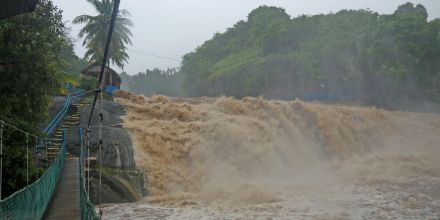
Climate change poses a severe threat to human well-being in both Vanuatu and Guam, highlighting the urgent need for effective political responses to climate security. In Vanuatu, reliance on subsistence agriculture has led to significant food security issues, exacerbated by the impacts of climate change. The country has faced challenges in adapting to these changes, despite its independence since 1980, which has allowed for international climate advocacy. However, this independence also limits migration options for its citizens, making it difficult for them to escape the adverse effects of climate change [6e998fce].
On the other hand, Guam's food insecurity is largely a result of its economic integration with the United States. The recent super typhoon Mawar has further exacerbated the food security crisis in Guam, demonstrating the vulnerability of the island to extreme weather events linked to climate change. Guam's political status as a U.S. territory restricts its ability to influence climate policy effectively, leaving its residents at the mercy of decisions made elsewhere [6e998fce].
In addition to food security challenges, both regions face threats from invasive species and environmental crime, which further compromise their ecosystems. The impacts of climate change are context-specific, necessitating tailored adaptation policies that consider the unique circumstances of each location. As Vanuatu and Guam grapple with these pressing issues, it is clear that more robust and responsive political frameworks are essential to address the multifaceted challenges posed by climate change [6e998fce].